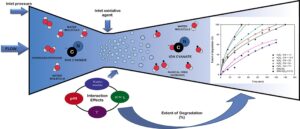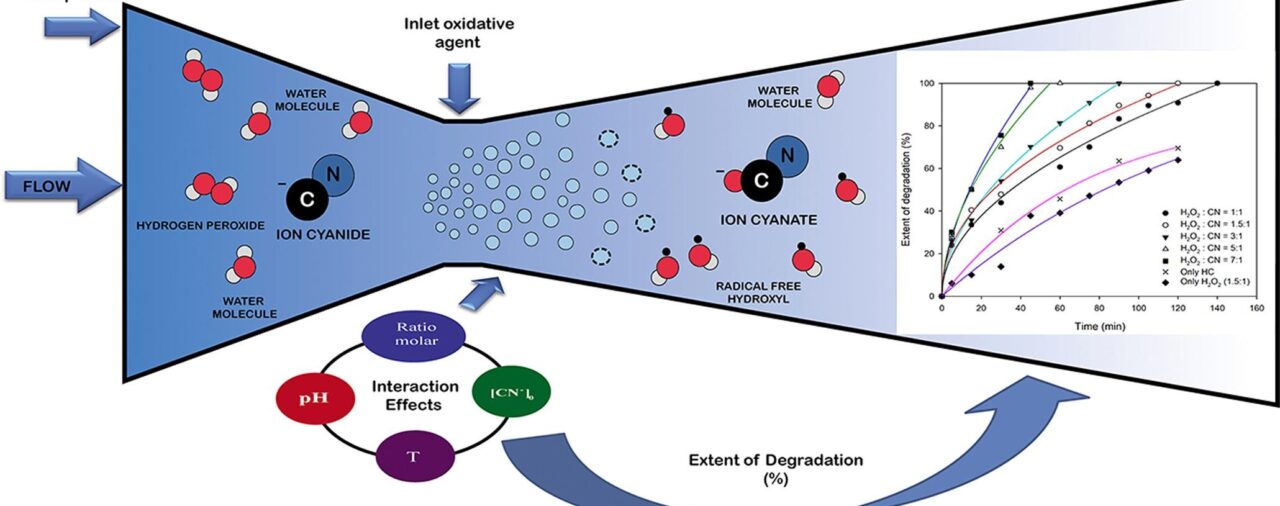High-performance water treatment systems based on cavitational processes have received an increasing interest of scientific community in the past few decades. Numerous studies indicated the advantageous application of hydrodynamic cavitation as an alternative, reagent-free treatment method of various pollutants in water.
Both approaches were proved as an effective method to achieve mineralization of many organic contaminants as well as a disinfection method, which is able to eliminate pathogenic microorganisms. This makes cavitation-based methods a promising candidate implemented in a post-treatment stage of water treatment facilities.
Nowadays, hybrid methods based on combination of cavitation with advanced oxidation processes (AOPs), possessing enhanced oxidation capacity were proposed. Compared to the individual utilization of cavitation and AOPs (e.g., O3, H2O2, Fenton’s process), hybrid processes are capable to degrade even highly persistent contaminants and shorten the operation time reducing the overall consumption of energy and oxidants. The improved performance of hybrid methods is attributed to the synergistic effect occurring between integrated technologies, which is expressed by the synergistic index.
In this paper, recent reports focusing on coupling of cavitation and AOPs were reviewed to reveal major principles and mechanisms governing the synergistic effect. The review discusses the effect of process parameters (oxidant type, pH, hydraulic and ultrasonic properties, Kow) on the oxidation effectiveness. Comparative analysis was provided in order to highlight the advantages and limits laying behind the discussed methods. The analysis of the economic feasibility was performed to assess the potential applicability of hybrid techniques in large-scale wastewater treatment.














